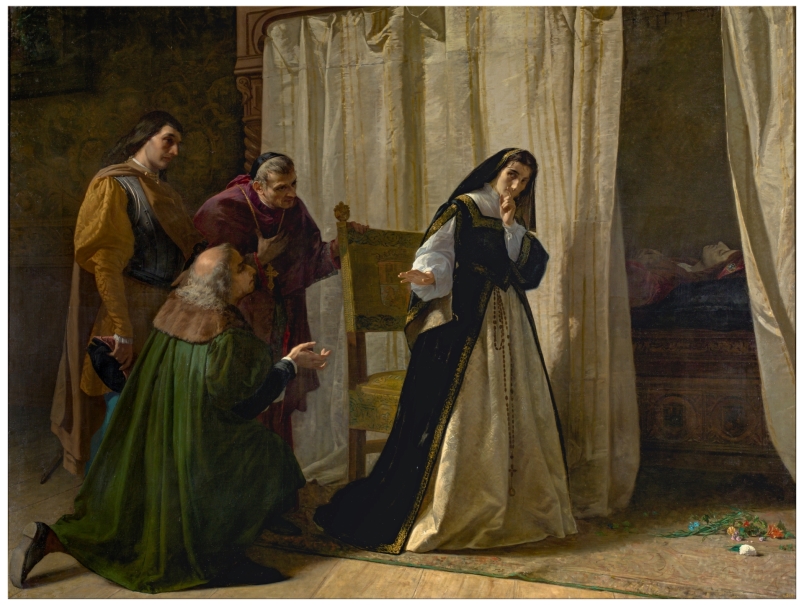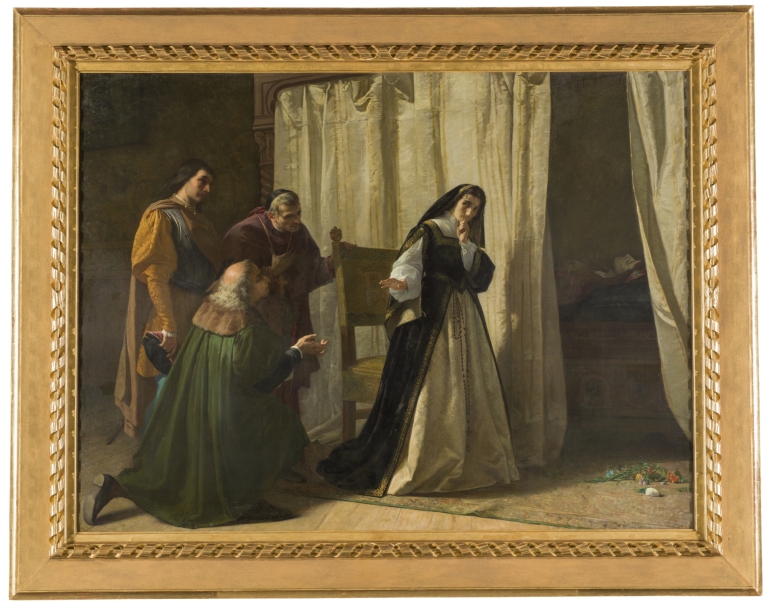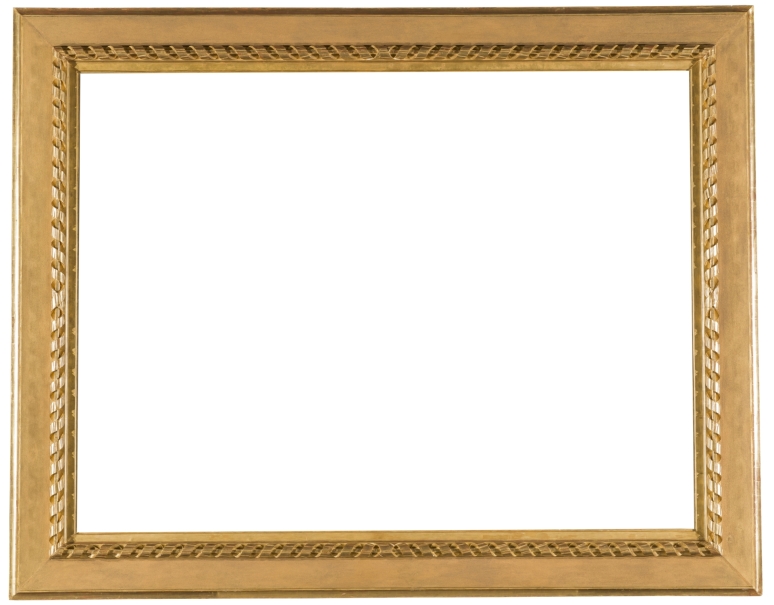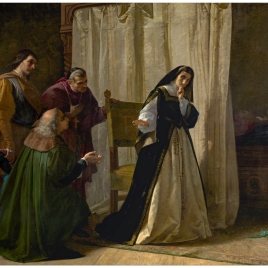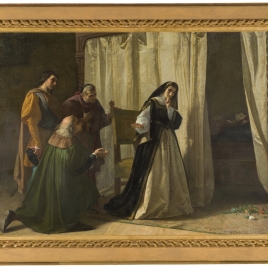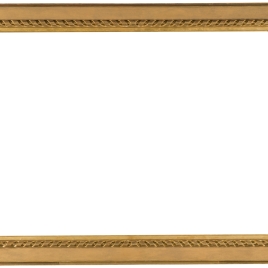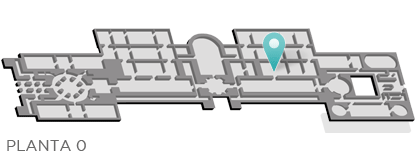The Madness of Joanna of Castile
1866. Oil on canvas.Room 061B
This extraordinary historical painting -as appealing as it is disquieting- is one of the first and best examples of the fascination that Joanna of Castile (1479-1555) held for nineteenthcentury Spanish painters. The daughter of the Catholic Monarchs (Isabella of Castile and Ferdinand of Aragon) and mother of the Holy Roman Emperor Charles V (King Charles I of Spain), Joanna had an unlucky life. As the story goes, she was obsessed with extreme jealousy over her husband, Philip the Fair, even after his death. Her figure provided an incomparable source of dramatic material for literary, theatrical, operatic and artistic works, whose culmination was Francisco Pradilla´s painting from 1877, Doña Juana la Loca (Joanna the Mad, P4584), now in the Prado (P4584). Pradilla´s canvas is a supreme synthesis of the ingredients of her story that most genuinely reflects the tradition of Romanticism: the eternal tension between love, honour and death. Vallés´s painting was awarded second prize in the 1867 National Exhibition of Fine Arts, an official biannual contest, which, like the Paris Salon, helped promote young artists and the work awarded the most prestigious medal was purchased by the State. Historical painting typically triumphed as the preferred genre in official circles; it became a vehicle for reaffirming national identity through the evocation of the most significant and glorious episodes from Spain´s past, with a particular focus on the reign of the Catholic monarchs and Spain´s imperialist expansion under Charles V. In the catalogue accompanying the 1867 exhibition, this painting was glossed with the following text, chosen by the painter himself: The Queen ordered the corpse of her husband, Philip the Fair, be removed from its coffin and placed in their chamber on a richly bedecked bed. Recalling what a certain Carthusian monk had told her about a King who resurrected fourteen years after his death and his body had been kept unburied, she did not separate herself for an instant from his side, hoping for the happy moment when she would see him restored to life. All the insistence of the most respectable personages from her court was incapable of dissuading her from her obsession, and she always responded to them by telling them to be silent and to wait for her lord to awaken. (Letters of Pietro Martire d´Anghiera). Thus, the queen, a permanent sentinel over the corpse of her beloved liege, is captured splendidly by the painter in a disturbing spiritual calm, holding firm to the belief that her spouse is about to wake up. She remains standing before a large chair bearing her coat of arms, next to the bed in which Philip the Fair lies, visible through an opening in the partially drawn curtains of the canopy. With a delicate and tender gesture, the queen commands two noblemen and an ecclesiastic from her court to be silent; they attempt fruitlessly to convince her to abandon her absurd attitude. The various wilted flowers scattered on the rug complete the serene poetry of the scene, filling it with a moving and restrained solemnity that provokes sincere empathy for the queen in her delirium. Wearing a headdress and a sumptuous velvet dress, with a rosary hanging from her waist and her hair dishevelled, her figure is the central focus of the composition; her prominent role is concentrated exclusively in the eloquently narrative gesturing of her hands -splendidly sculpted by the light- with the other characters and furnishings serving as mere accessories. This is all executed in a broad technique that is enormously rich in pictorial terms, corresponding to the austere and restrained realism of the era, and with its severe though harmonious colour palette reflecting the best Spanish tradition. The result is a scene of great dramatic effect that is concentrated on the attitudes of the characters, whose faces, in the directness of their representation, seem almost familiarly natural, and surely must belong to models whom Vallés painted from life. As is especially apparent in the figure of the queen, the composition´s greatest achievement resides in Vallés´s sober use of light, which he capably directs in such a way as to produce the modelling on the figures; to integrate them into the surrounding space; and to suggest, convincingly, the heavy, mysterious atmosphere surrounding the king´s deathbed (Díez, J. L.: Portrait of Spain. Masterpieces from the Prado, Queensland Art Gallery-Art Exhibitions Australia, 2012, p. 236).

